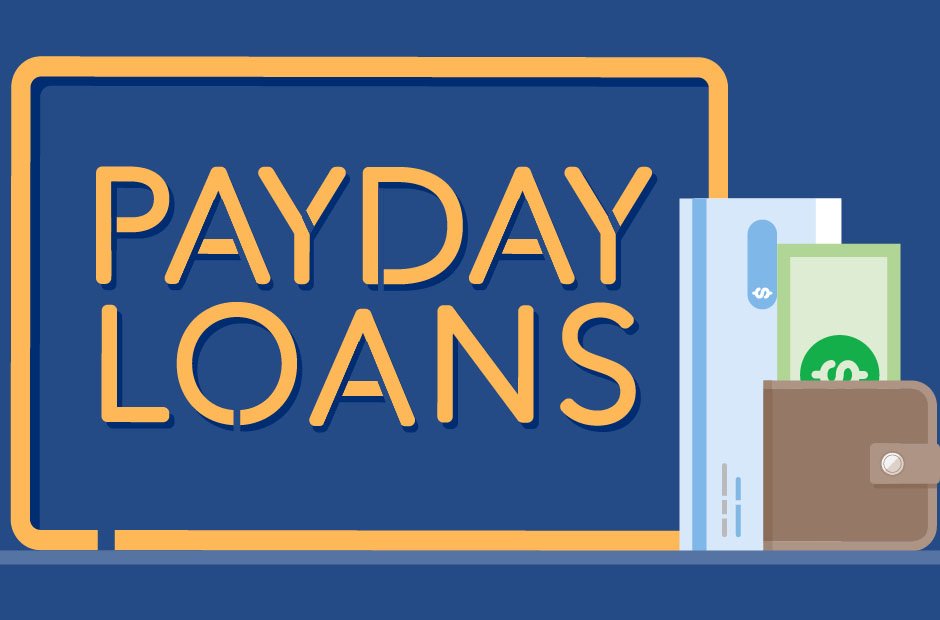People often turn to diverse sources to manage cash flow gaps, unforeseen expenses, and emergency cases. One such source is payday loans online, a type of short-term lending known for its speedy disbursal. However, when it comes to evaluating the feasibility of financial products, one essential factor to consider is the interest rate. This post aims to break down how payday loans compare to other financing options in terms of interest rates.
Table of Contents
Understanding Interest Rates
Before we delve into the comparison, it’s crucial to understand what interest rates are and how they work. An interest rate is the amount a lender charges for the use of assets expressed as a percentage of the principal, the original amount loaned. It effectively quantifies the cost of borrowing money and can hugely impact the total amount of money you owe.
Payday Loans
Payday loans are typically small, short-term loans that borrowers promise to repay out of their next paycheck or income from other sources. A significant characteristic of payday loans is their high interest rates due to their unsecured nature, meaning lenders do not require collateral for the loan.
Therefore, payday loan annual percentage rates (APRs) can range from 300% to 500% or even higher, depending on the lender’s terms. It’s crucial to note that while this rate may appear exceptionally high, payday loans are generally meant to be paid back within a short time (usually a few weeks), so the interest paid may not be as significant if paid promptly.
Credit Cards
Like payday loans, credit cards are unsecured loans. The average credit card interest rate typically ranges from around 15% to 25% annually. However, credit cards have the advantage of a ‘grace period’ – a time during which you can pay your balance in full without incurring any interest. If cardholders can pay their balance in full each month, they can essentially use the bank’s money interest-free.
Personal Loans
Personal loans can sometimes be an attractive alternative to payday loans if you have stronger credit. They can be either secured (requiring collateral) or unsecured and usually have lower interest rates than the latter. The average APR for personal loans can range between 6% and 36%.
A Word of Caution
While all these options have their place for different financial needs, it’s crucial to understand the cost of borrowing thoroughly. A high-interest rate can significantly increase the overall cost of your loan, and it can make it more difficult for you to pay it back.
Remember always to read the terms before agreeing to any loan. Consider your ability to repay and whether the loan fits your financial objectives. Short-term loans like payday loans can be beneficial in a pinch, but other options might suit your needs better, depending on the circumstances.










